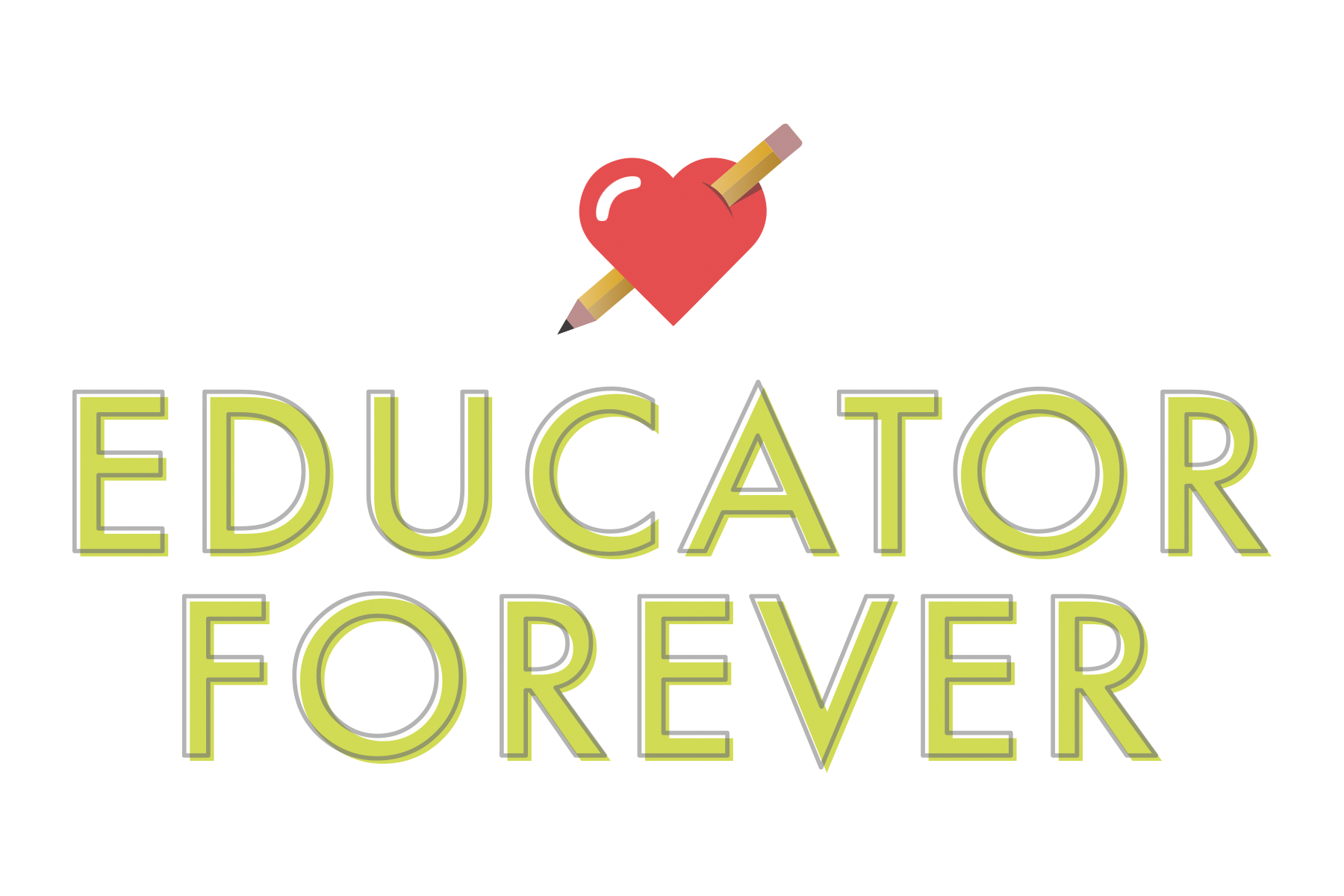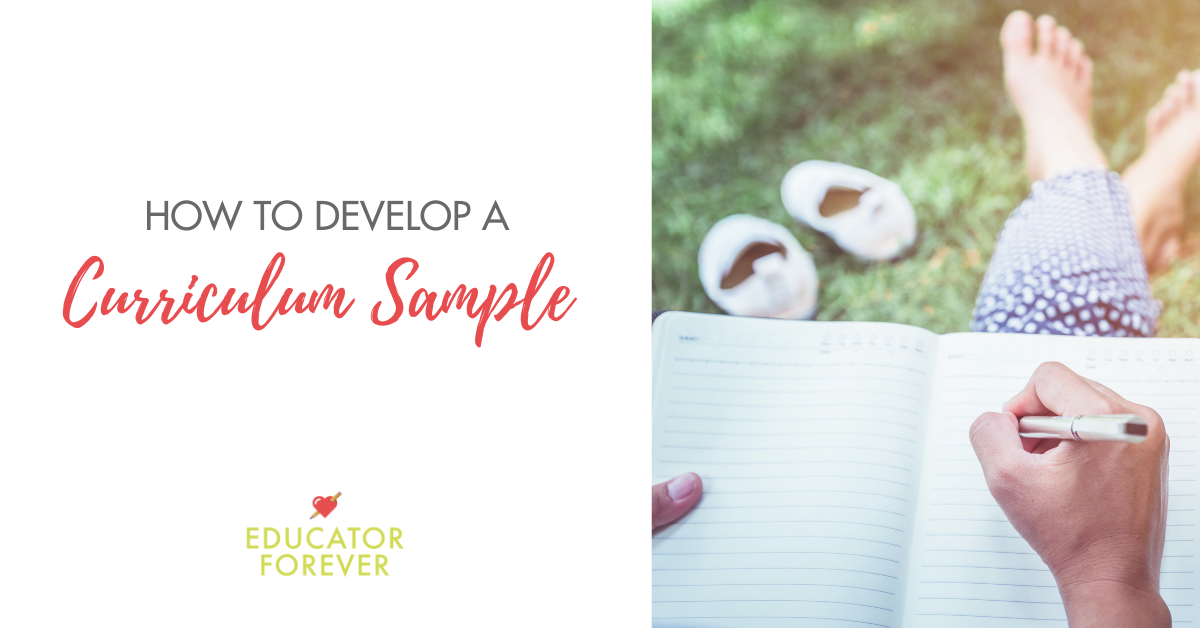How to Develop a Curriculum Sample
When you apply for curriculum development jobs, you sometimes will be asked to send a curriculum sample. If you don’t have one on hand, don’t fret! Creating a sample curriculum plan can be a great way to hone your skills and develop an exemplar of your work.
While there is no “right” way to develop curriculum, you can use these suggestions to get started and develop a curriculum sample template of your very own.
Step-By-Step Guide to Developing a Curriculum Sample
Whether you need to write an elementary school curriculum sample, a high school curriculum sample or a sample for a specific subject area, you can use the following process to create high quality lesson plans and land your dream curriculum developer jobs.
Step One: Get Clear on a Topic
First, consider what type of lesson you would like to develop. If the curriculum development job you’re applying for is for a particular subject or grade level, you may want to focus your lesson on that.
If not, consider focusing your curriculum sample on a lesson, topic, or grade level that you have experience with or a particular interest in. Try to find a topic that makes you excited.
For example, say you love teaching social and emotional skills. Develop a lesson plan around one of those. Consider using CASEL’s Core Competencies to guide you. Or let’s say you are a high school English teacher. Consider creating a curriculum sample that walks teachers through how to teach one of your favorite texts.
After you decide on a topic, consider the main objectives of your lesson. What do you hope that students will be able to do at the end of the lesson? How will you get them to that point? What will you do to assess their learning?
Consider how learning about the topic you chose connects to other experiences in the “real” world. (Note: I used quotes because I believe school is the real world too and that school experiences should always connect to the learning and experiences outside of the classroom.)
Step Two: Decide on a Format for Your Curriculum Sample
Now that you’ve thought about what you’ll teach and why you’ll teach it, it’s time to decide on a lesson plan format. There are literally hundreds of different formats and curriculum sample templates you can use, so it’s really up to you. For an elementary school lesson plan, I generally try to include the following information:
Materials
Objectives or learning goals
Standards
Introduction
Guided practice
Independent practice
Closure
Assessment
For each section of your lesson, use bullet points as you write short and descriptive directions. For example:
Introduction
Ask students to turn and talk to a partner about what it means to be a good friend.
Invite students to share their responses with the group.
Chart students’ answers on a concept web. Write “Good Friends” in the middle and circle the words. Write students’ ideas around the words, circling each idea and drawing lines to connect them to the “Good Friends” circle.
Remember that busy teachers read (and often skim) lesson plans, so make your writing as easy to read as possible. Just don’t get too basic— include just enough details so teachers feel supported to follow all the steps that you’ve laid out. This also helps ensure your curriculum sample shows off your curriculum development expertise!
Step Three: Revise & Edit Your Curriculum Sample
After writing your curriculum plan, go back and read it with fresh eyes. When writing anything, but particularly curriculum, I find it helpful to write a messy first draft, put it away, and then come back to it the next day. This gives me a chance to really take a break, then approach my writing with a new perspective.
As you read through your curriculum sample, think about how you can make it as clear and useful as possible. Revise for both content and clarity, then look through your plan to check for any spelling, grammatical, or punctuation errors. I love using Grammarly to help catch any mistakes.
When you feel like your curriculum sample is in a good spot, you’re ready to send it off! Remember that writing, like teaching (and almost everything!), can always be improved, so don’t aim for perfection. Just try to create the best sample of your work that you can.
Turn a Curriculum Sample Into a Curriculum Development Jobs
With this step-by-step guide to developing a curriculum sample, you’ll be well on your way to landing a curriculum development job.
Whether you’re looking to start some side hustles for teachers or want to use your unique teaching experience to find jobs for teachers outside of the classroom, curriculum development can be a great field to pursue.
Want to learn more about how to become a curriculum developer? Read our full guide to getting started in curriculum development. If you want to learn even more about alternative careers for teachers, then check out our Beyond the Classroom course designed to help teachers stay in education, even when leaving the classroom.

